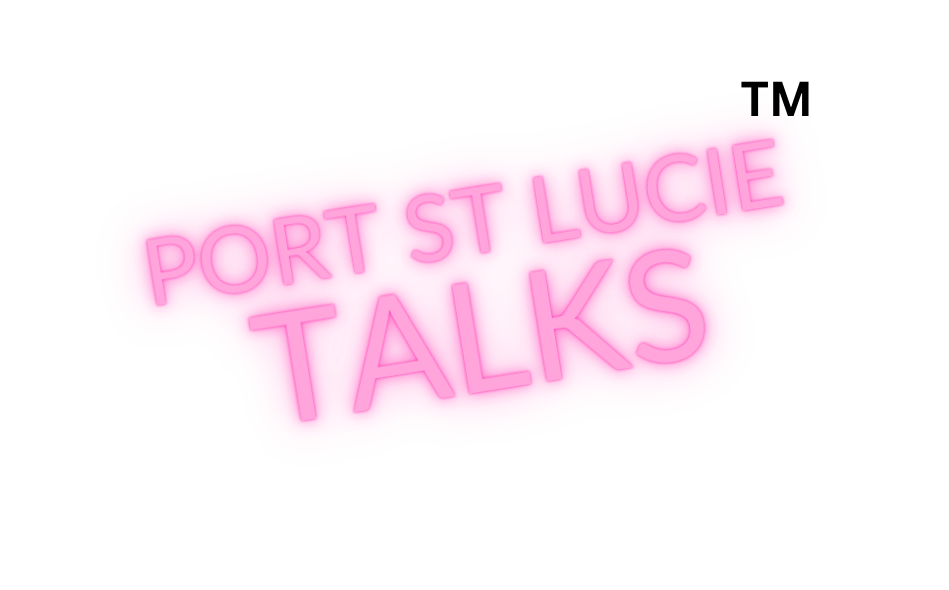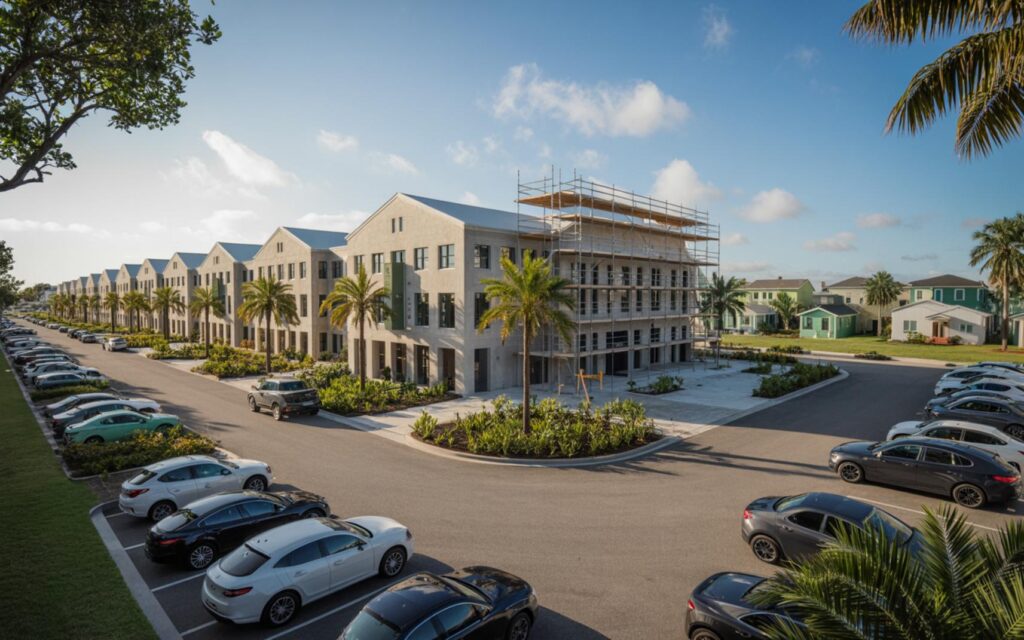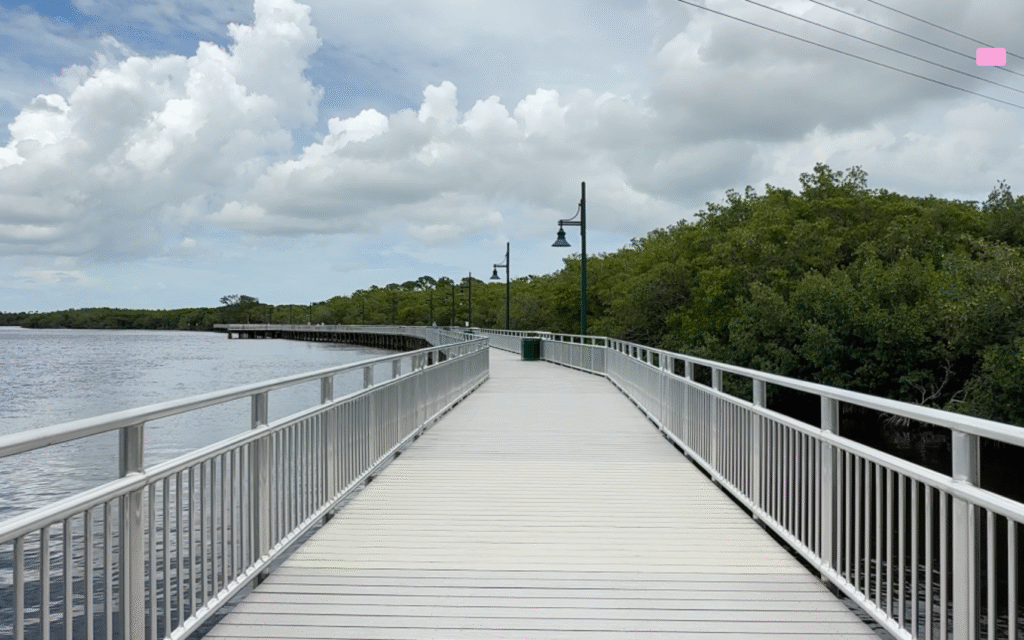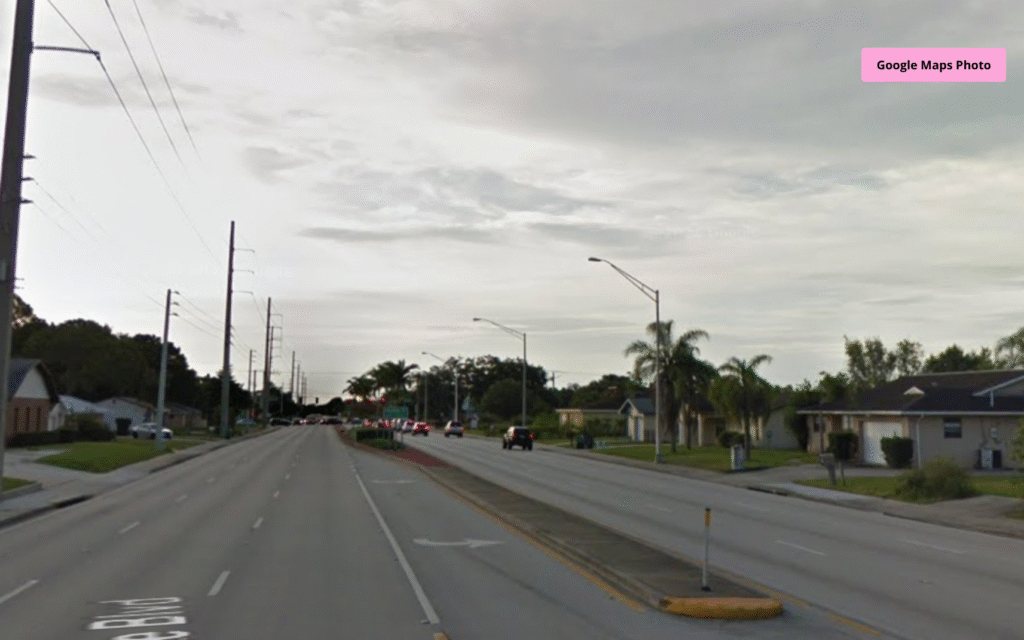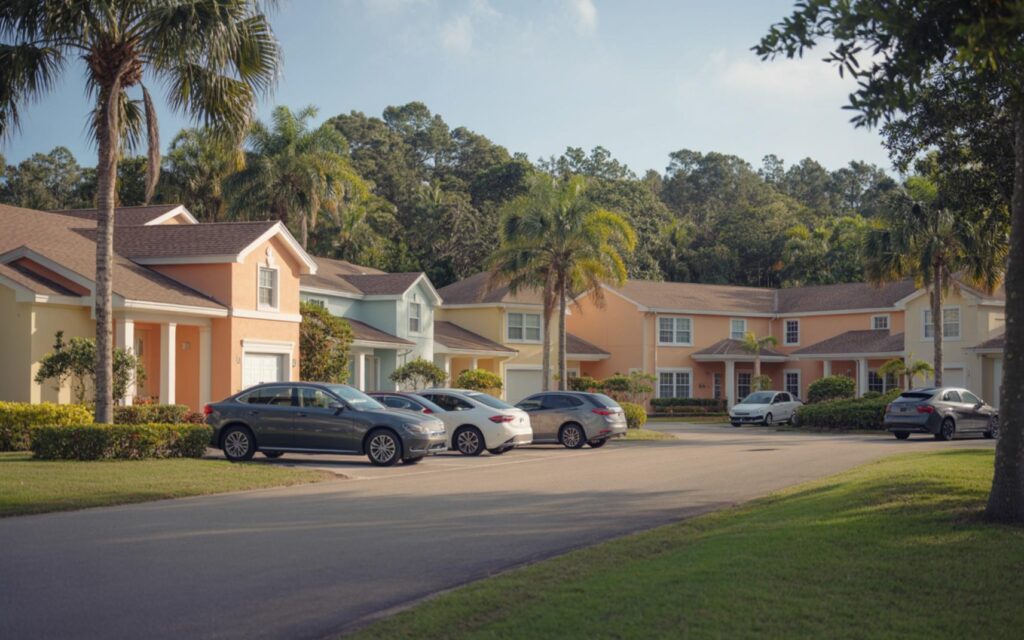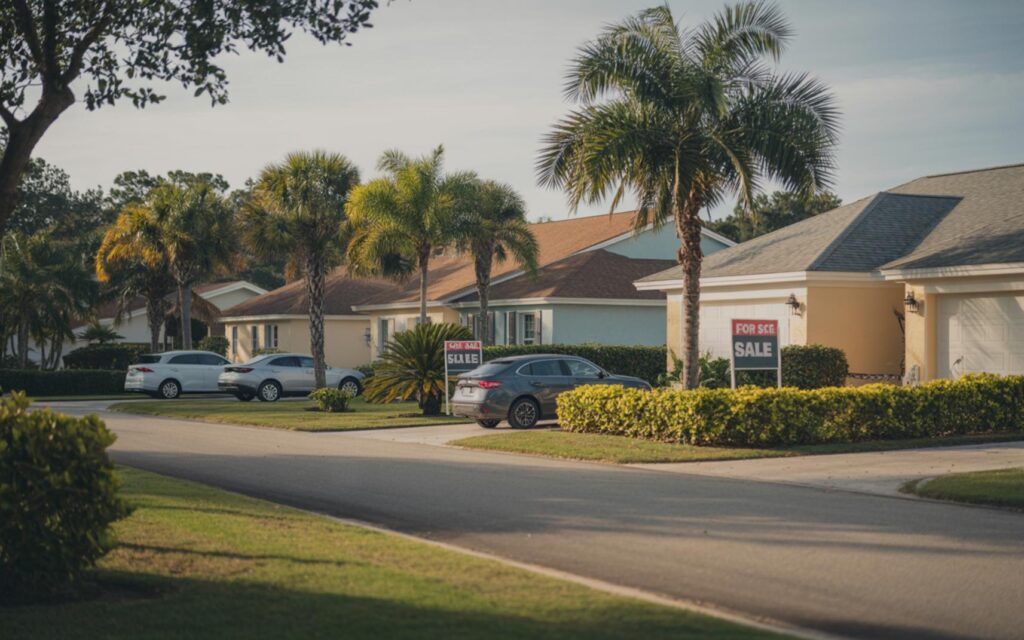Mangroves in Port St. Lucie play a critical role in shoreline stabilization, water filtration, and as essential nursery habitats for local fish and bird species. The protection of mangroves in Port St. Lucie is enforced by state law, with strict penalties and mandatory restoration for illegal removal.
Mangroves in Port St. Lucie: Ecological Importance and Legal Protection
Mangroves are vital to the health of Port St. Lucie’s coastal ecosystem. These trees help stabilize shorelines, reduce erosion, and filter pollutants from water. They also provide shelter and breeding grounds for a wide range of marine and bird life throughout the region.
According to the Florida Department of Environmental Protection, mangroves are protected by state regulations. Unauthorized removal or damage can result in significant fines and requirements for ecological restoration. These measures aim to ensure the long-term sustainability of coastal environments in Port St. Lucie and across Florida.
Major Incident: Illegal Mangrove Removal at Sandpiper Bay Resort
In 2023, Port St. Lucie experienced a major incident involving the illegal cutting of nearly 1,000 mangroves at the Sandpiper Bay Resort. According to the Florida Department of Environmental Protection, the responsible parties were required to plant 3,000 mangrove seedlings as part of a mandated restoration effort. This event highlighted the ongoing challenges of enforcing mangrove protection laws in the region.
Hurricane Milton’s Impact on Mangrove Restoration
In early October, Hurricane Milton struck Port St. Lucie, causing significant damage to mangrove restoration projects. According to preliminary reports from the Florida Department of Environmental Protection, the storm led to the physical destruction of many newly planted seedlings and disrupted the stability of restored habitats due to increased water inflow.
Short-Term and Long-Term Effects of Hurricanes on Mangroves
Hurricanes can cause both immediate and lasting damage to mangrove ecosystems. Immediate effects reported by environmental agencies include:
- Tree mortality and loss of canopy cover
- Erosion of surface sediments
- Physical uprooting of young and mature trees
Long-term impacts may involve:
- Permanently reduced mangrove area
- Collapse of peat soils
- Changes in soil elevation that affect future growth
Factors Influencing Hurricane Damage to Mangroves
The severity of hurricane impacts on mangroves in Port St. Lucie depends on several factors. According to the Florida Department of Environmental Protection and local environmental groups, these include:
- Storm intensity and duration
- Species of mangrove present
- Size and structure of the mangrove forest
- Specific location, with fringe mangroves being more exposed and vulnerable
Fringe mangroves, which are directly exposed to open water, often suffer greater damage and have slower recovery rates compared to more sheltered areas.
Recovery and Restoration of Mangroves in Port St. Lucie
Recovery rates for mangrove ecosystems after hurricanes vary widely. Some sites in Port St. Lucie have shown rapid regeneration, while others have experienced slow or incomplete recovery, sometimes taking over a year or resulting in permanent loss.
According to environmental agencies, factors influencing recovery include:
- Hydrology and water flow patterns
- Species composition and diversity
- Pre-existing environmental conditions before the storm
Restoration Strategies and Challenges
Restoration projects in Port St. Lucie typically involve:
- Replanting mangrove seedlings
- Improving site hydrology
- Ongoing monitoring and adaptive management
Repeated hurricane disturbances can set back progress or even reverse gains made by these efforts. According to the Florida Department of Environmental Protection, adaptive management and additional resources are often required to address new challenges after each storm event.
Climate Change, Human Pressures, and Mangrove Resilience
Mangroves are naturally resilient and have adapted to withstand storms over time. However, environmental experts warn that the increasing frequency and intensity of hurricanes, combined with pressures such as illegal clearing, threaten the long-term health of these ecosystems.
Ongoing protection and restoration are essential to maintain the ecological functions of mangroves in Port St. Lucie. Healthy mangroves support biodiversity, protect coastal communities from erosion and storm surge, and contribute to the overall stability of the region’s shoreline.
Frequently Asked Questions About Mangroves in Port St. Lucie
What is the importance of mangroves in Port St. Lucie?
Mangroves help stabilize shorelines, filter water, and provide nursery habitats for fish and birds in Port St. Lucie. They are essential for protecting the coastline and supporting local biodiversity.
How much damage did Hurricane Milton cause to Port St. Lucie mangroves?
According to preliminary reports from the Florida Department of Environmental Protection, Hurricane Milton caused significant destruction to newly planted mangroves and affected habitat stability at restoration sites. Details may be updated as investigation continues.
Are there penalties for cutting mangroves in PSL?
Yes, state law enforces strict penalties for illegal mangrove removal in Port St. Lucie. Violators may face fines and mandatory restoration requirements, according to the Florida Department of Environmental Protection.
Can you restore mangroves after hurricane damage?
Restoration is possible and often involves replanting seedlings, improving site conditions, and ongoing monitoring. Recovery rates depend on storm severity, site conditions, and management efforts.
Where are mangrove restoration projects located in Port St. Lucie?
Restoration projects are found in areas like the Sandpiper Bay Resort and other coastal sites throughout Port St. Lucie. These projects focus on replanting and habitat improvement to support ecosystem recovery.
